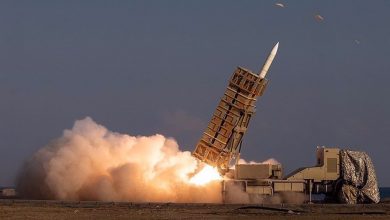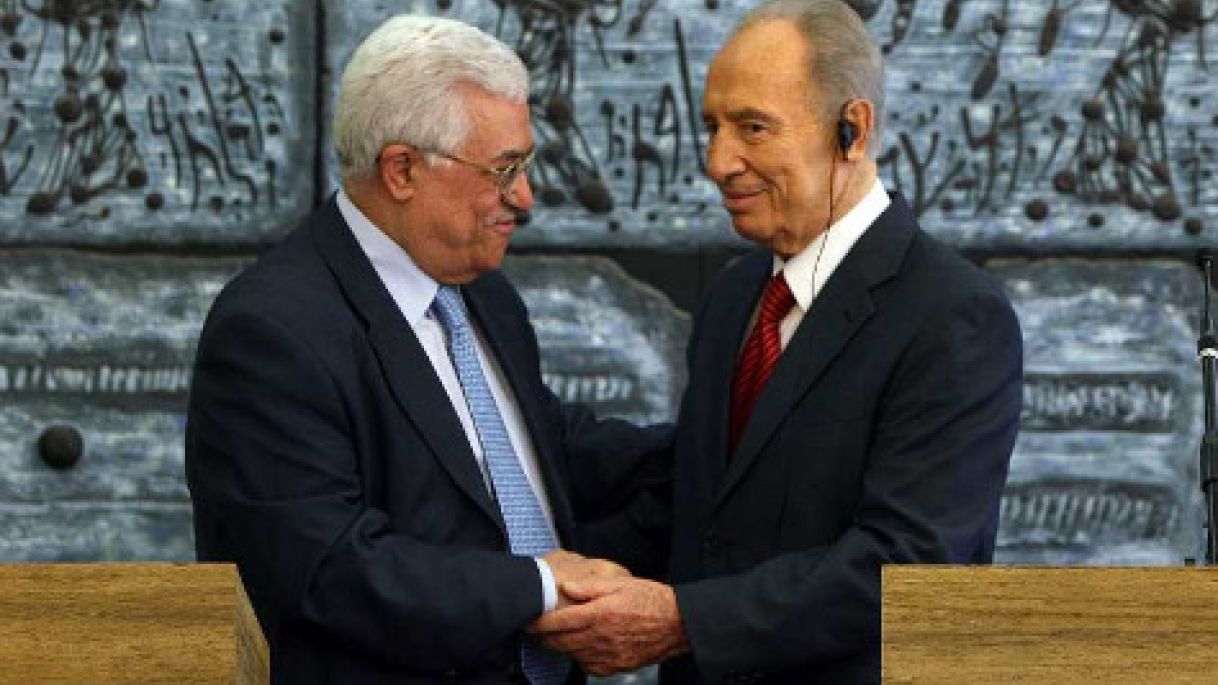Saudi unemployment rate increases by over 1 percent


Official data show that Saudi Arabia’s unemployment rate has increased by over one percentage point on a year-on-year basis, as the country continues to suffer economically from a prolonged war on Yemen and low oil prices.
The Saudi jobless rate for the first quarter of 2017 stood at 12.7 percent, official data showed on Sunday, marking a continuing upward trend in unemployment.
The total number of unemployed Saudis in the first three months of the current year was 906,552.
That number is more than a full percentage point higher than the Saudi unemployment rate registered in the first quarter of 2016.
Botching the economy?
Back then, the then-Deputy Crown Prince Mohammed bin Salman, who is in charge of the economy, unveiled an economic plan — the so-called Vision 2030 — that he touted as an assured way of transforming the country economically by the year 2030.
The plan, he said, was aimed at ending Saudi Arabia’s “addiction” to oil, and it envisaged raising non-oil revenues from 163.5 billion riyals (43.6 billion dollars) in 2015 to 1 trillion riyals (267 billion dollars) by 2030.

Saudi Arabia is the world’s top oil exporter and has long relied on the abundant source of revenue to push political agendas as well.
The economic state of the kingdom
But the unemployment data released on Sunday seemed to strengthen initial speculation that the plan was too ambitious. The “Vision 2030,” unveiled in a staged presentation in April 2016, gave few details as to how the planned economic changes were to be brought about, leaving most observers in agreement that the plan had not been properly worked out.
But the stream of petrodollars to the Saudi government has not been steady, either. In a matter of eight years, prices plunged from an all-time high of over 140 dollars per barrel in 2008 to a low of below 30 dollars per barrel in 2016. That downward spiral, initially caused by the global economic crisis in 2008, was later aggravated by an oil market glut spearheaded by Saudi Arabia itself.
In February 2016, The New York Times reported that disgruntled young Saudis were seeing “cushy” jobs that had long been transferred automatically from father to son vanishing as a result of the economic slowdown.
“For younger Saudis — 70 percent of the population is under 30 — the oil shock has meant a lowering of expectations as they face the likelihood that they will have to work harder than their parents, enjoy less job security and receive fewer perks,” it said.
Bleeding from war
Saudi Arabia has also been pumping millions of dollars into a protracted war on impoverished Yemen. Starting in March 2015, the Saudi-led war was supposed to end in weeks but has instead morphed into a prolonged conflict with no end in sight.

While there are no official figures available from the costs of the war, Saudi Arabia is believed to be hemorrhaging economically as a result of it.
Just in May, Saudi Arabia signed a deal to purchase 110 billion dollars’ worth of arms from the United States.
Mohammed bin Salman, the Saudi prince in charge of the economy, who was recently elevated to crown prince status, is also believed to have been the architect of the Yemeni war, as he holds the defense portfolio as well.




